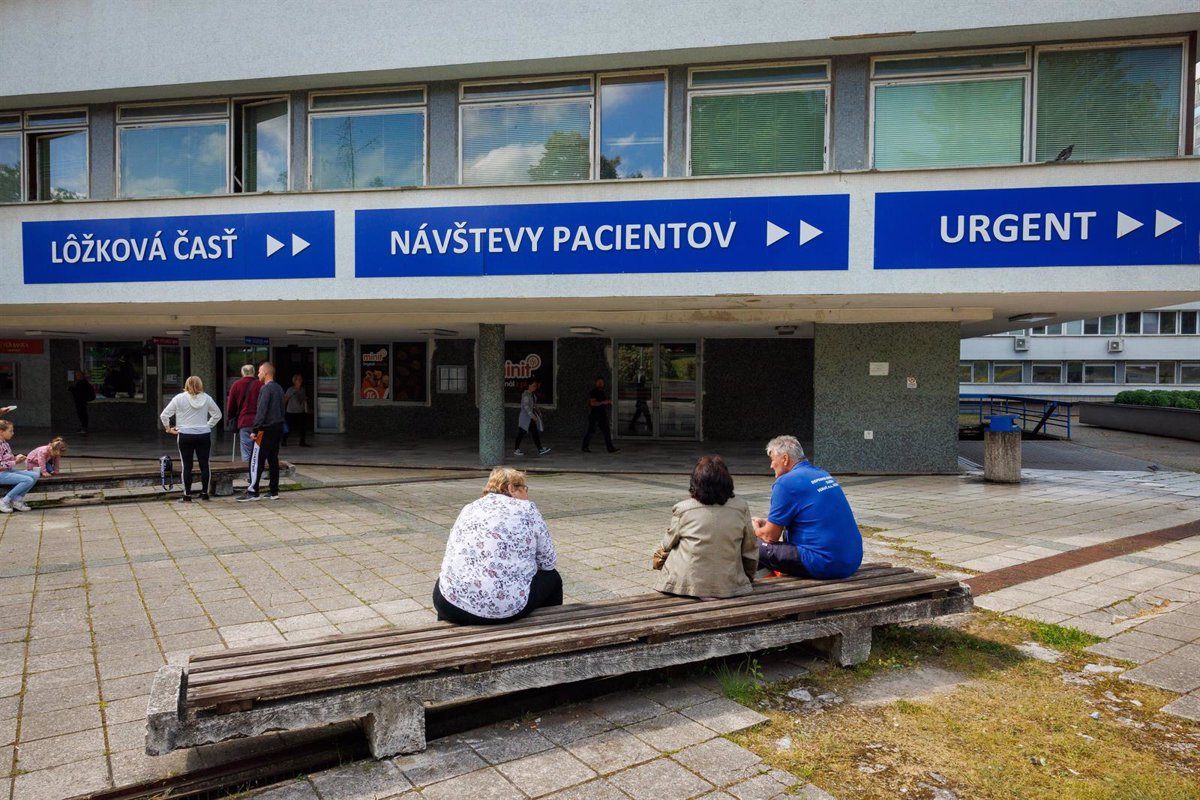Cuba has been facing an increase in poverty, lack of medicines, energy cuts, and high inflation in recent years. This has led to several demonstrations and protests by the citizens. The regime has responded harshly to these protests by threatening protesters with the death penalty and labeling any protests as “illegal” and a threat to the established order.
During a television program on April 25th, top officials from the Ministry of the Interior and Justice warned about the consequences that protesters might face. Otto Molina Rodríguez, president of the Criminal Chamber of the Supreme People’s Court, spoke about sedition as a crime used for political purposes on the island. The Penal Code provides for severe penalties, including life imprisonment and even the death penalty in certain circumstances.
The Cuban authorities have been cracking down on protests, detaining participants and using sedition laws to justify their actions. In March, there were major protests in the eastern part of the country, with many participants asking for basic necessities like electricity, food, and freedom. Dozens were detained, highlighting the regime’s response to these demonstrations.
The regime has accused protesters of being influenced by supposed terrorists from the United States, using protests as a pretext to create unrest and attack the government. However, Amnesty International has criticized this accusation saying it is baseless and is being used to suppress dissent.
The death penalty has a long and controversial history in Cuba, with executions carried out in the early years of the revolution against those deemed enemies of the regime. The moratorium on



